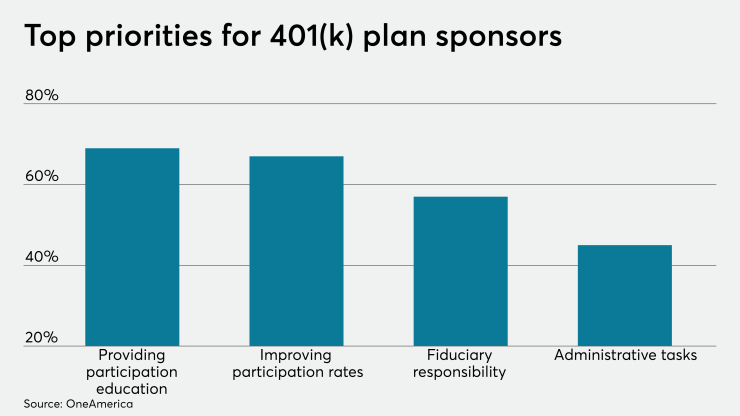The funding status of the largest corporate pension plans in the U.S. have rebounded during the second quarter of 2020, due to improvements in the equity and bond markets, according to Willis Towers Watson data.
“The first quarter was a more difficult quarter for the equities,” says Joseph Gamzon, senior director of retirement at Willis Towers Watson, a global advisory, broking and solutions company. “For most pension plan sponsors the combination of the equity markets performing well and the bond markets performing well, drove their assets up really significantly in the quarter.”
Willis Towers Watson examined pension plan data for 366 Fortune 1,000 companies that sponsor U.S. defined benefit pension plans. The analysis shows the aggregate pension funded status is estimated to be 82% as of June 30, 2020, up three percentage points from 79% at the end of the first quarter but below the 87% funded status at the end of 2019.
The pension deficit is projected to be $325 billion as of June 30, 2020, an improvement from $365 billion as of March 31, 2020, but higher than the $222 billion deficit at the end of 2019. Pension obligations increased minimally from $1.75 trillion at the end of 2019 and $1.76 trillion as of March 31, 2020, to $1.84 trillion as of June 30, 2020.
“Most plan sponsors were doing pretty well in the first quarter until COVID-19 hit, then the bottom fell out in the end of February and March,” Gamzon says. “They lost 8% in the first quarter and we were able to recover about 3% of that in the second quarter. There’s still a way to go to get back what we lost so far this year.”
Pension plan assets increased during the second quarter to $1.52 trillion from $1.40 trillion at the end of the first quarter as of June 30, 2020. Overall investment returns are now slightly positive for the first half of 2020, but individual plan results will differ as returns have varied significantly by asset class.
“For employers, the challenge now becomes to think about the volatility that exists in the market for the remainder of the year, and how they manage that,” Gamzon says. “They don't want to lose when they got back, and they're going to be facing increasing pressures on their pension costs, as they think about the next fiscal year 2021."






